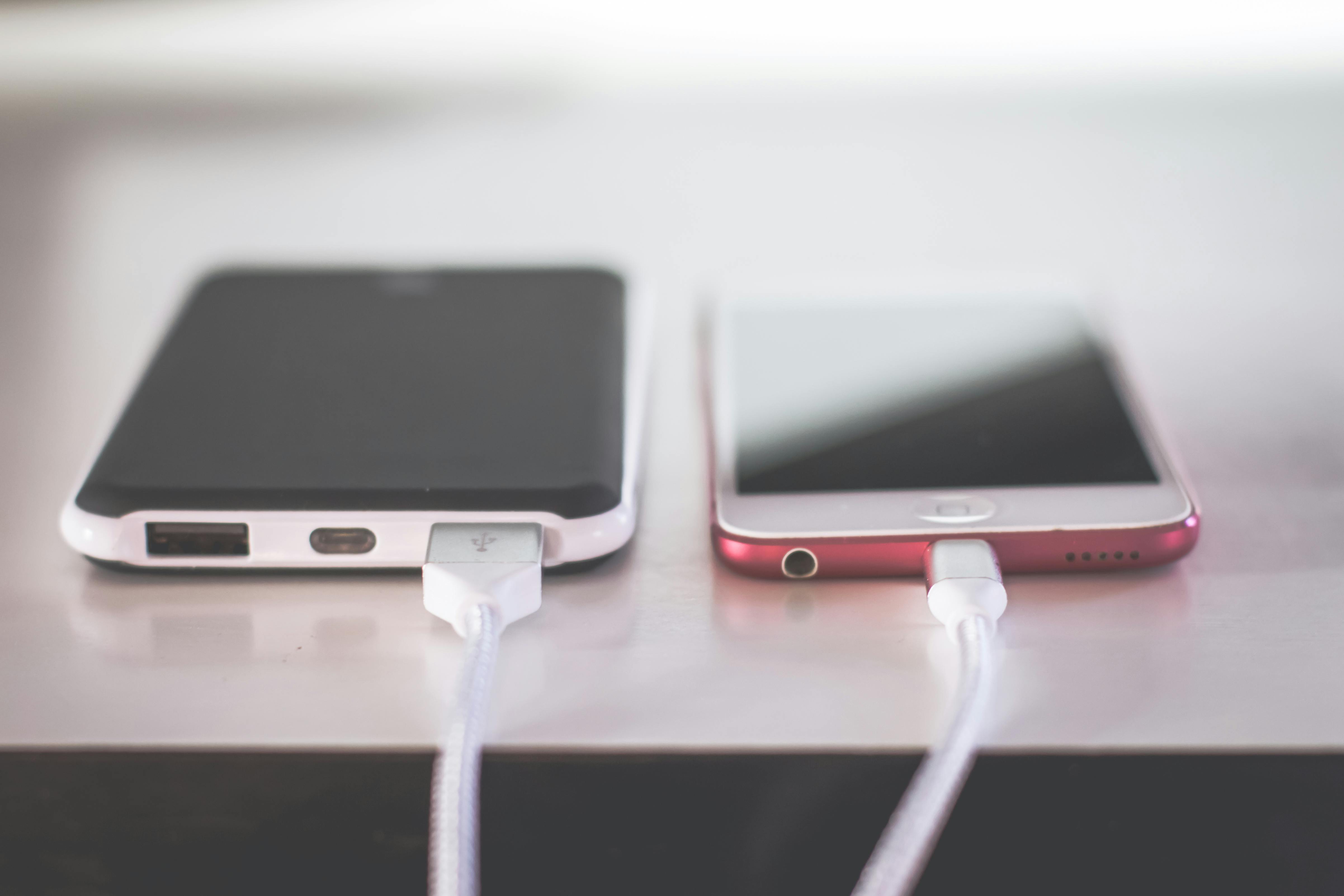Cables Blog
USB Cables and Adapters at Cables.com
USB Cables and Adapters at Cables.com
USB cables and cords come in a variety of configurations and are used to connect devices with a USB connector.
by Vikas Dayal • January 03, 2025
USB cables and cords come in a variety of configurations and are used to connect devices with a USB connector, such as printers and digital cameras to your laptop or computer. USB 2.0 and 3.0 are the second and third major versions of the USB standard. Cables.com stocks the quality USB cables you need.
Universal Serial Bus (USB) cables have become an indispensable part of our daily lives, seamlessly connecting devices and powering our gadgets. From their humble beginnings to their sophisticated modern iterations, USB cables are a testament to technological innovation and adaptability. Let’s take a closer look at their history and current uses.
The Origins of USB Cables
The story of USB began in 1996, spearheaded by Ajay Bhatt and a team at Intel. At the time, connecting devices to computers was a cumbersome process involving a variety of proprietary ports and connectors. USB was designed to simplify this, offering a universal interface that could handle multiple devices.
The first USB standard, USB 1.0, debuted with data transfer speeds ranging from 1.5 Mbps to 12 Mbps. While revolutionary in concept, its adoption was initially slow due to limited device compatibility. However, its potential to standardize connections across a wide range of devices set the stage for rapid evolution.
USB Evolution Over the Years
USB 2.0 (2000): This upgrade brought significant improvements, including faster data transfer rates of up to 480 Mbps. USB 2.0 became widely adopted, powering everything from external storage devices to printers.
USB 3.0 (2008): The introduction of USB 3.0 marked a leap forward, offering SuperSpeed data transfers at 5 Gbps. This version also improved energy efficiency and allowed simultaneous data streams.
USB 3.1 and 3.2: Subsequent updates enhanced speeds further, reaching up to 20 Gbps in some cases. These standards also introduced more robust power delivery capabilities.
USB-C: The game-changer. Launched in 2014, USB-C offered a reversible design, eliminating the frustration of aligning connectors. Its versatility includes support for high-speed data transfer, video output, and power delivery, making it a favorite for modern devices.
Current Uses of USB Cables
Today, USB cables play a crucial role in a multitude of applications:
1. Data Transfer: USB remains the go-to standard for transferring data between devices. From syncing smartphones to connecting external drives, its reliability is unmatched.
2. Charging Devices: USB cables are synonymous with charging. Smartphones, tablets, smartwatches, and even laptops use USB—especially USB-C—for rapid charging capabilities.
3. Peripheral Connectivity: USB enables seamless operation of keyboards, mice, printers, and other peripherals, ensuring compatibility across platforms.
4. Audio and Video: With USB-C, the cable’s functionality extends to transmitting high-quality audio and 4K video to displays, reducing the need for multiple cords.
5. Specialized Applications: USB cables also power niche uses like virtual reality headsets, gaming controllers, and even industrial equipment, underscoring their versatility.
Which USB Cable Do You Need?
- USB A Male to B Male - found in many printers,
- USB A Male to A Female extender cables - which are used to connect two USB cables and if active, extends them beyond the standard of 5 meters or 16 feet, and finally,
- USB A Male to A Male - which are used to connect two devices in order to transfer data between them.
USB 2.0 A Male to B Male
As the most popularly used USB cable, the USB A Male to B Male cable is often included when purchasing a computer or home printing device. Cables.com’s USB A Male to B Male cable is constructed with a 28 awg conductor for data, and a 24 awg conductor for power. It features a shielded jacket to reliably transfer data, and we stand behind the high quality of this cable.

USB 3.0
Datacomm offers USB 3.0 Connector, Extender and Micro USB Cables. In addition to the configurations seen in USB 2.0 cables, Cables.com stocks a USB 3.0 A Male to micro USB cable that’s Galaxy compatible for charging and syncing and acts as a plug-and-play cable for hard drive enclosures.
Cables.com also stocks the latest USB 3.1 generation 2 cables. They feature a Type A male connector on one end and and a Type C male connector on the other. The reversible Type C connector allows you to connect your cable with either side facing up, and to charge USB Type C enabled devices including the Nintendo Switch, newer generation Kindle tablets, and Bluetooth keyboards.

Buying USB Cables at Cables.com
When you come to us for your cables, we want you to get exactly what you’re looking for, even if it isn’t available on our online catalog. You can contact us about a Custom Cable order based on your particular need, including color, length, and configuration. Our cables warehouse is located here in the US, and our Datacomm cables are proudly manufactured in New York. All of our cables are available to ship quickly and are backed by a lifetime guarantee. Email us at sales@cables.com with any questions you might have! We look forward to hearing from you.
SHOP NOW: USB Adapters - USB4 40Gbps Cables - USB 2.0 A to Mini-B Cables











